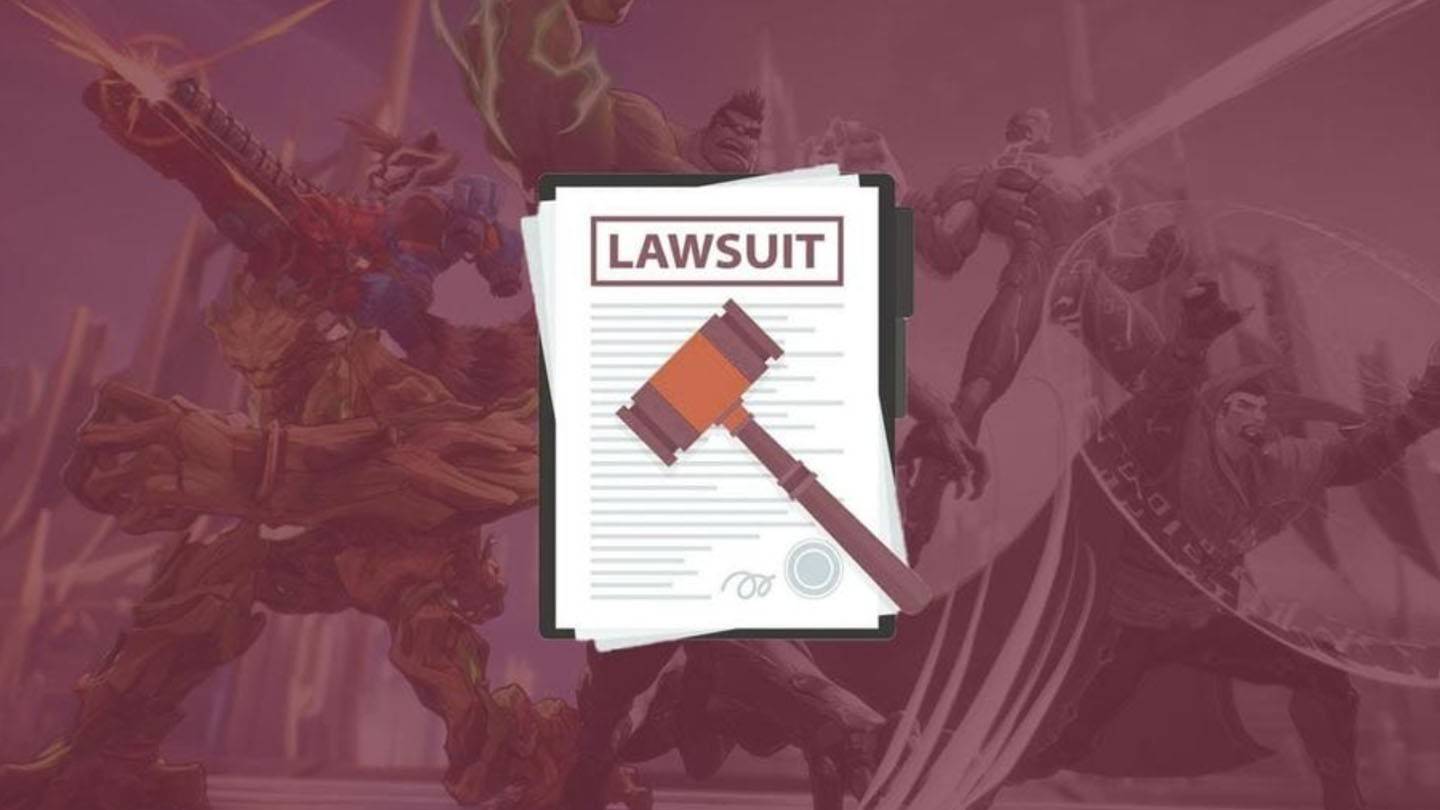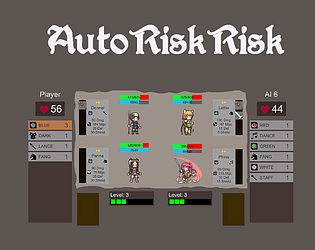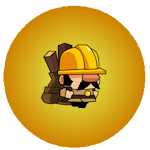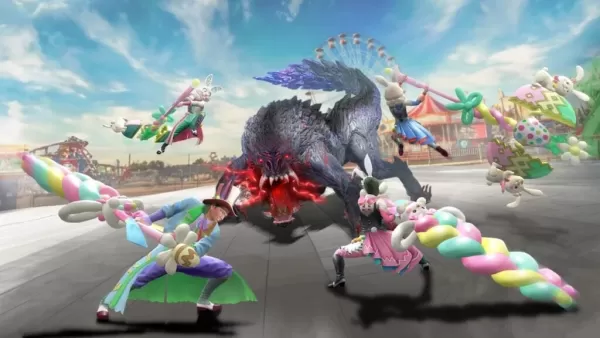"Monster Hunter Weapons: A Historical Overview"
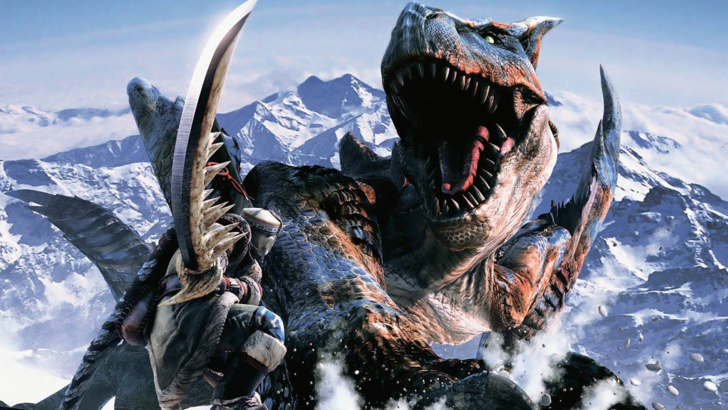
Monster Hunter is renowned for its diverse weapon types and engaging gameplay, but did you know that there are even more weapons that have not been included in the newer games? Dive into the rich history of Monster Hunter weapons and discover more fascinating details.
← Return to Monster Hunter Wilds' main article
History of Weapon Types in Monster Hunter
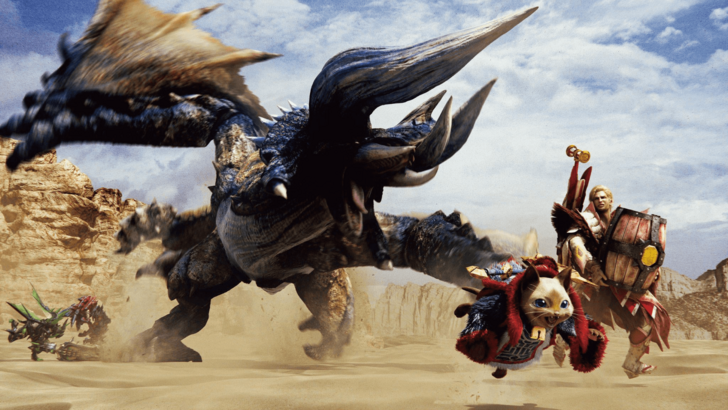
Since its debut in 2004, Monster Hunter has captivated players with its array of weapon types. Monster Hunter Wilds will feature fourteen unique weapon types, each with distinct strengths, weaknesses, movesets, and mechanics that players must master. The evolution of these weapons over the years is remarkable, with significant changes from their initial versions. Moreover, some weapons from earlier games have never made it to the West. Let's delve into the history of Monster Hunter, focusing on the pivotal role of weapons.
First Generation
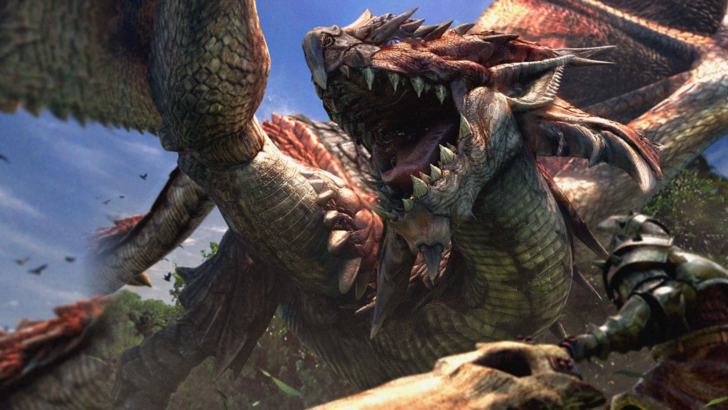
The first generation introduced foundational weapons that have evolved over time, each with unique characteristics and gameplay styles.
Great Sword
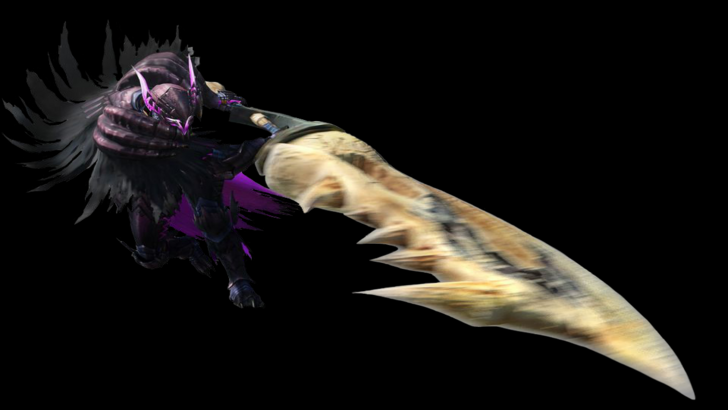
The Great Sword, iconic within the franchise since its 2004 debut, is known for its high damage output but slow movement. Initially designed around hit-and-run tactics, it gained its signature Charged Slash move in Monster Hunter 2, allowing players to charge up to three levels for devastating attacks. Subsequent games refined its mechanics, introducing new finishers and smoother combos, culminating in the shoulder tackle in Monster Hunter World. The Great Sword's simple yet deep mechanics make it accessible yet challenging to master.
Sword and Shield
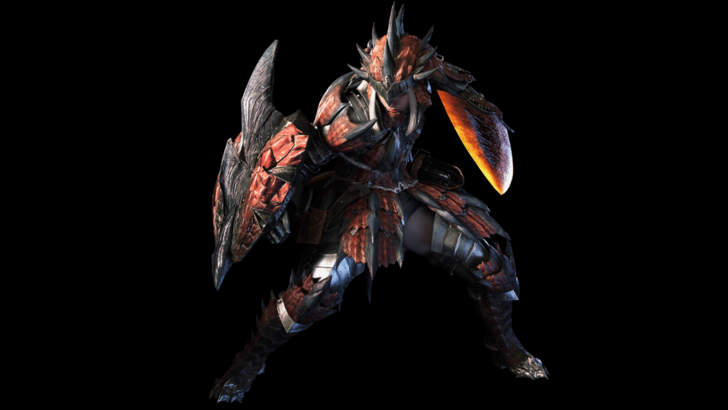
The Sword and Shield epitomizes versatility, offering balanced damage, quick combos, and good mobility. Originally seen as a beginner's weapon, its complexity grew with the addition of mechanics like item usage without sheathing in Monster Hunter 2. Subsequent iterations added shield bash combos, backstep and jumping attacks, and the Perfect Rush combo, making it a jack-of-all-trades weapon that rewards depth of play.
Hammer
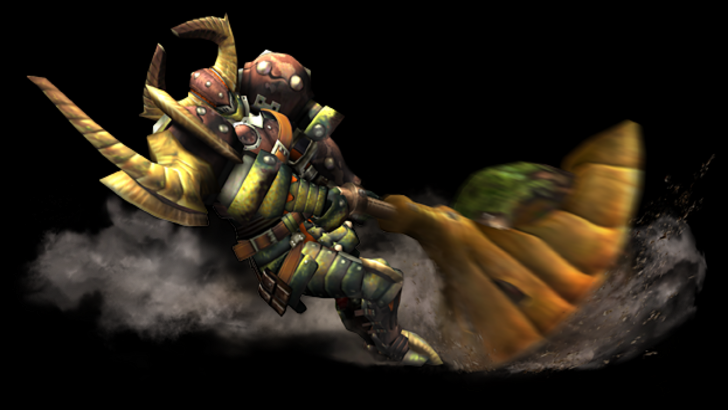
Hammers, focused on blunt damage, excel at breaking monster parts and causing knockouts. Initially similar to the Great Sword in playstyle, they gained unique mobility and a charge mechanic in Monster Hunter 2. Later games introduced the Big Bang and Spinning Bludgeon attacks, along with Strength and Courage modes, enhancing its offensive capabilities and strategic depth.
Lance
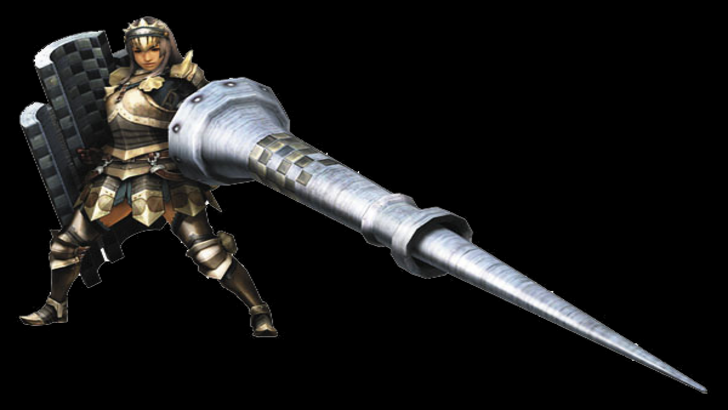
The Lance embodies the principle that a strong defense can be a powerful offense. Its long reach and large shield allow for safe, ranged attacks and blocking, making it a defensive powerhouse. Despite its limited mobility and attack variety, its damage output is notable. The introduction of the Counter mechanic further solidified its identity as a weapon for players who prefer a more strategic, defensive approach.
Light Bowgun
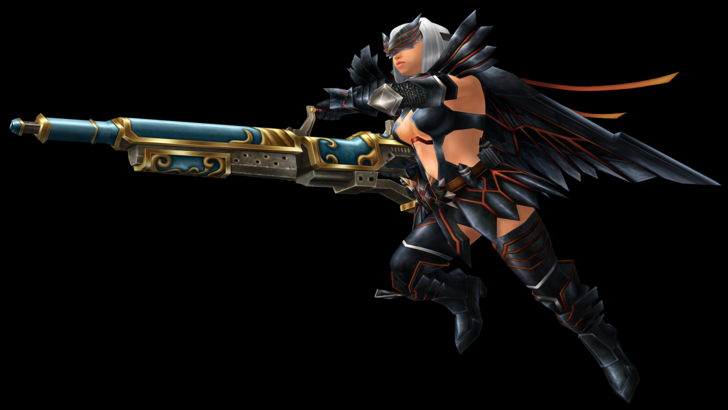
The Light Bowgun, a ranged weapon since the first generation, offers mobility and quick reloads. While its firepower is less than the Heavy Bowgun, its customization options and Rapid Fire capability provide unique advantages. The introduction of Critical Distance and Wyvernblast mechanics in later games added depth to its gameplay, enhancing its run-and-gun style.
Heavy Bowgun
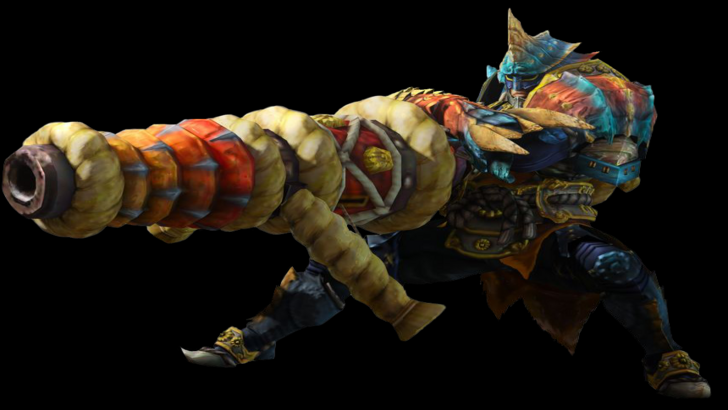
The Heavy Bowgun, known for its high damage and diverse ammunition, sacrifices mobility for firepower. Introduced in the first generation, it gained Siege Mode in Monster Hunter 3 and special ammo types like Wyvernheart and Wyvernsnipe in Monster Hunter World. Its gameplay involves careful preparation and strategic use of its powerful ammunition.
Dual Blades
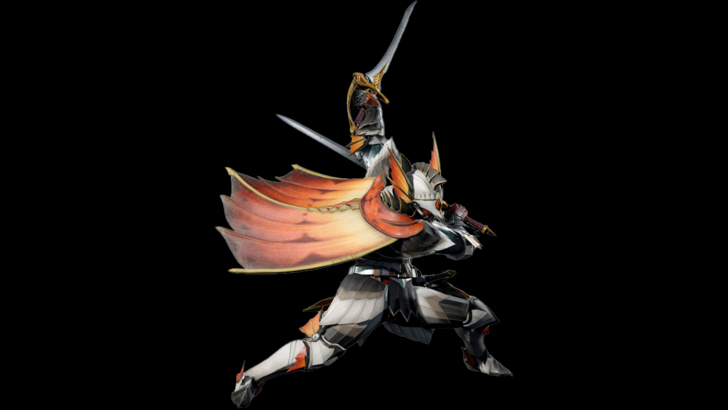
The Dual Blades, introduced in the West with the first game, focus on speed and status ailment infliction. Their multi-hit attacks and fluid combos emphasize a "death by a thousand cuts" strategy. The introduction of Demon Mode and later Archdemon Mode, along with the Demon Dash, have refined their offensive capabilities, making them a popular choice for players seeking agility and high damage output.
Second Generation
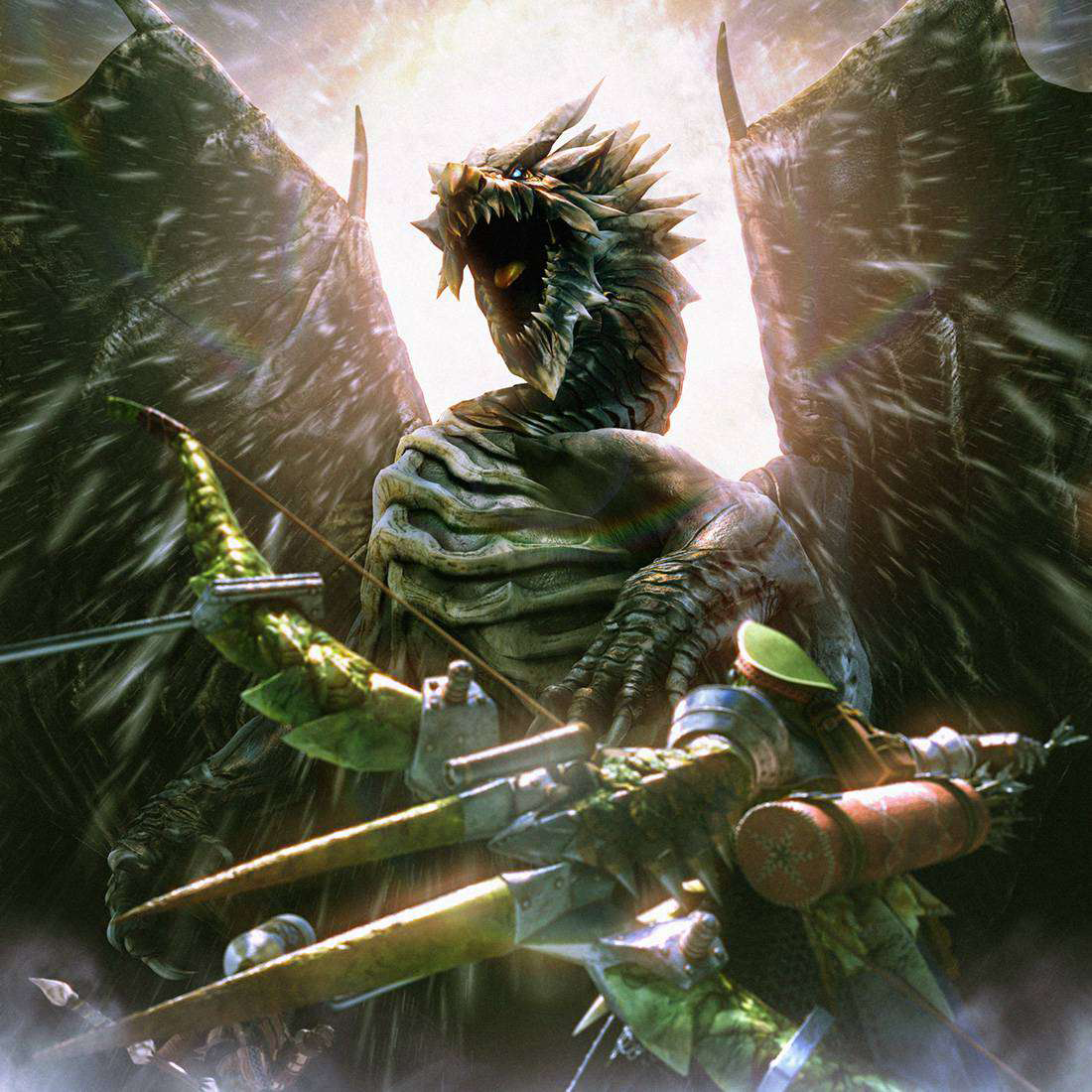
The second generation expanded the weapon roster with new types that built upon the foundations of the first generation.
Long Sword
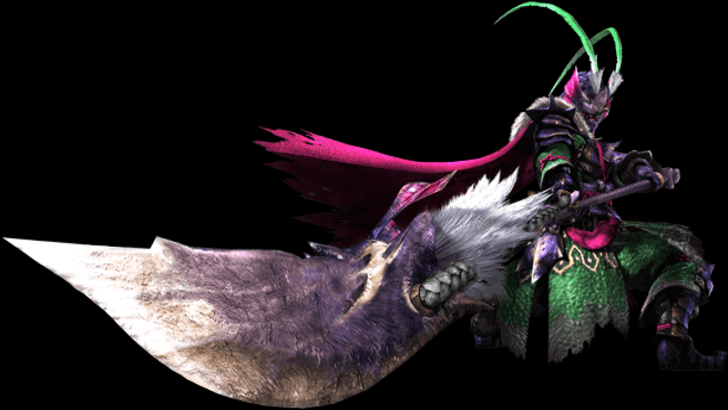
The Long Sword, introduced in Monster Hunter 2, combines high damage with fluid combos and mobility. Its core mechanic, the Spirit Gauge, allows access to the Spirit Combo, which was enhanced in Monster Hunter 3 with new levels and finishers. Monster Hunter World added the Foresight Slash and Spirit Thrust Helm Breaker, turning it into a more dynamic, counter-based weapon.
Hunting Horn
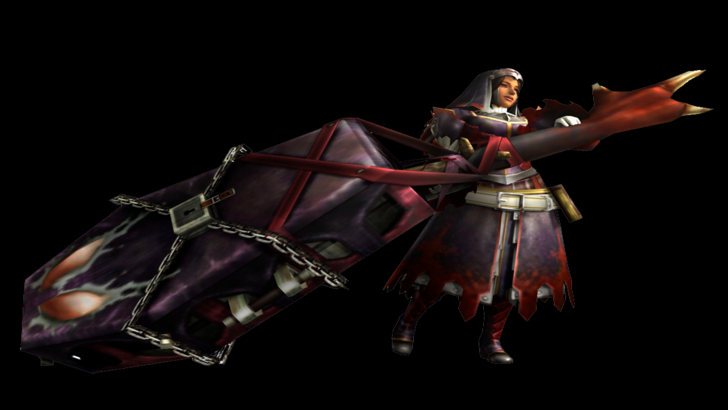
The Hunting Horn, a support weapon from Monster Hunter 2, uses the Recital mechanic to play songs that offer various buffs. Its gameplay evolved to allow note playing during attacks, queued songs, and Echo Notes, enhancing its fluidity. Monster Hunter Rise overhauled its mechanics, simplifying song activation but sparking debate about its complexity.
Gunlance
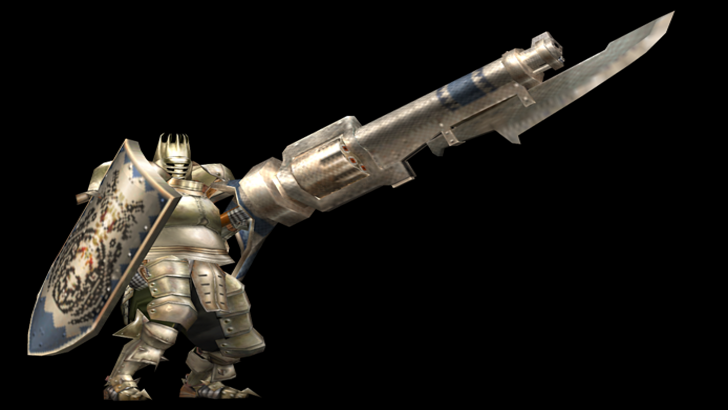
The Gunlance, blending elements of the Lance and Bowgun, introduced in the second generation, features explosive rounds and a unique Shelling mechanic. Its aggressive playstyle was enhanced with quick reloads, the Full Burst attack, and the Heat Gauge, adding depth to its damage-dealing capabilities. The Wyrmstake Shot in Monster Hunter World added a powerful finisher to its arsenal.
Bow

The Bow, introduced in Monster Hunter 2, specializes in agile, close-to-mid-range combat. Its mobility and combo-based gameplay were enhanced with various Coatings and Shot Types, which were simplified in Monster Hunter World for a more universal moveset. Monster Hunter Rise reintroduced Shot Types tied to charge levels, maintaining its aggressive, combo-heavy style.
Third and Fourth Generation
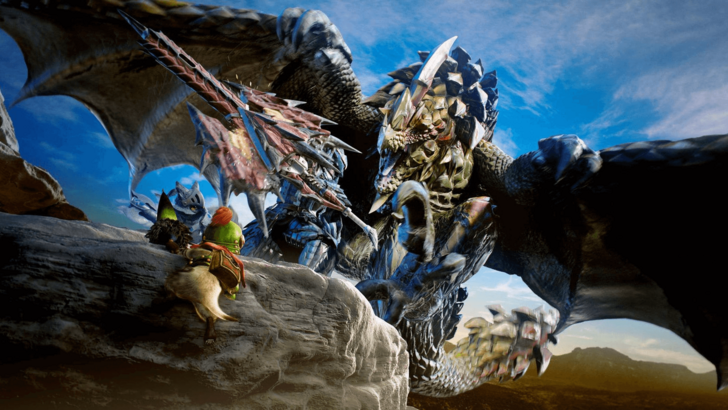
The third and fourth generations introduced innovative weapons with unique mechanics.
Switch Axe
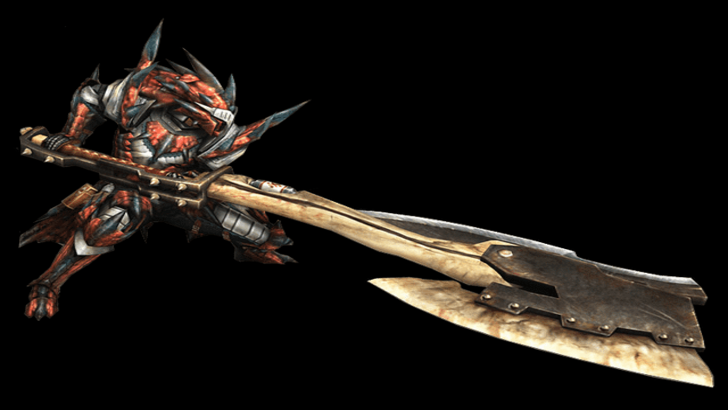
The Switch Axe, introduced in Monster Hunter 3, features two modes: Axe Mode for mobility and range, and Sword Mode for higher damage. Its morphing capabilities were enhanced with the Amped mechanic in Monster Hunter World and further refined in Monster Hunter Rise, encouraging dynamic form-switching during combat.
Insect Glaive
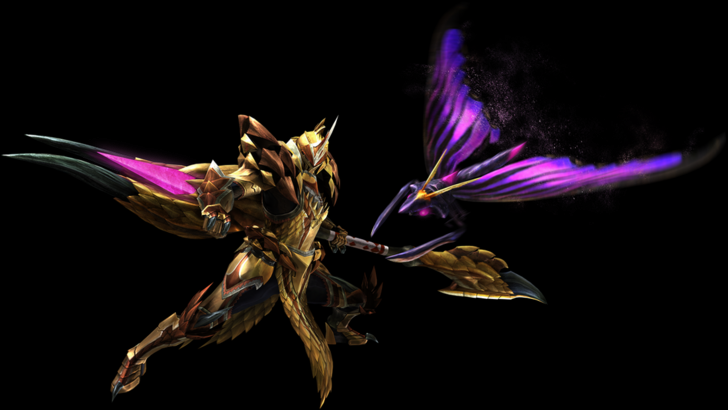
The Insect Glaive, introduced in Monster Hunter 4, pairs a double-bladed glaive with a Kinsect for collecting essences that grant buffs. Its focus on aerial combat and mounting mechanics makes it unique. Subsequent games simplified its upgrade system and introduced new Kinsect types, enhancing its accessibility and strategic depth.
Charge Blade
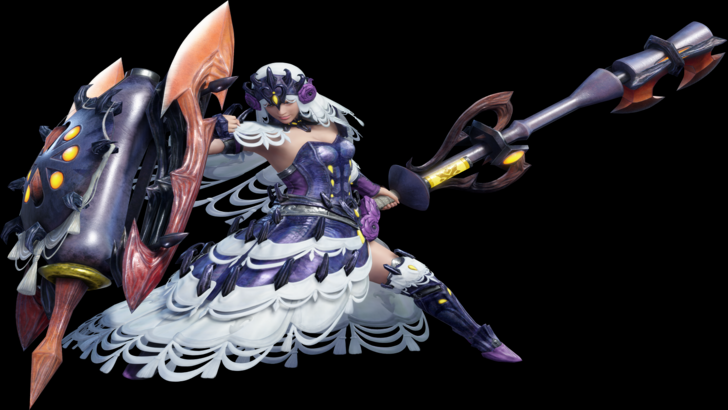
The Charge Blade, also introduced in Monster Hunter 4, combines Sword and Axe Modes with complex phial management and Guard Points. Its versatility and challenging mechanics make it a favorite among players seeking depth and mastery. Subsequent games added new finishers and refined its transitions, enhancing its rewarding gameplay.
Will There Be More?

Monster Hunter Wilds will feature fourteen weapons, but the series has a history of introducing new types and revisiting older ones. Given the franchise's longevity, future games may introduce new weapons or reintroduce those not yet seen in the West. As the series continues to evolve, the addition of new weapons could further enrich its already deep and engaging gameplay.
You may also like...

-
The meteoric rise of Marvel Rivals, NetEase's multiplayer game, has been met with both praise and legal trouble. Although the game rapidly attracted millions of players, its success has been shadowed by serious legal issues for the developer.In JanuaAuthor : Violet Dec 22,2025
-
Digimon Con 2025 has teased a new TCG announcement for fans.Strong hints suggest a mobile-related project is in development.Could this be a potential competitor to Pokémon TCG Pocket?For fans of the long-running Digimon franchise, the upcoming DigimoAuthor : Alexis Dec 21,2025
- Spring Valley Farm Game: January 2025 Redeem Codes
- WWE Superstars Join Call of Duty Warzone: Mobile Roster
- Midnight Girl is a minimalist point-and-click adventure set in Paris in the 60s, now open for pre-orders on mobile
- Mobile Legends: Bang Bang – Best Lukas Build
- "Grand Outlaws Unleashes Chaos and Crime on Android Soft Launch"
- Video Game Song Surpasses 100 Million Streams on Spotify

